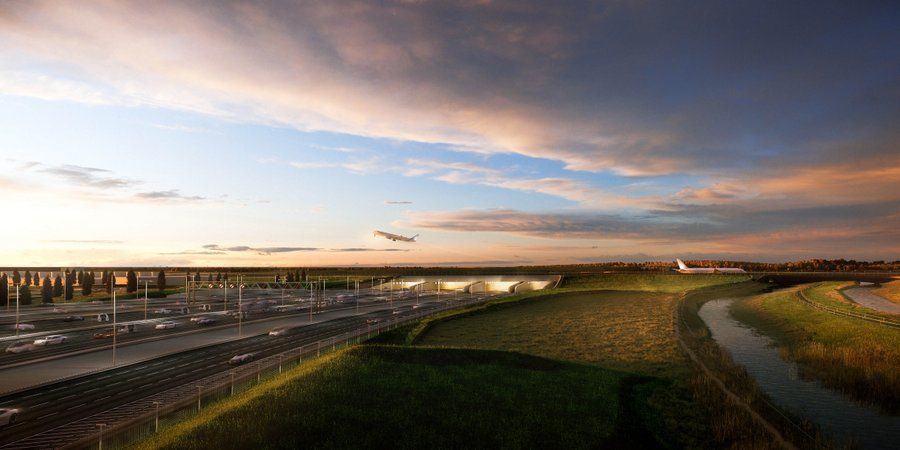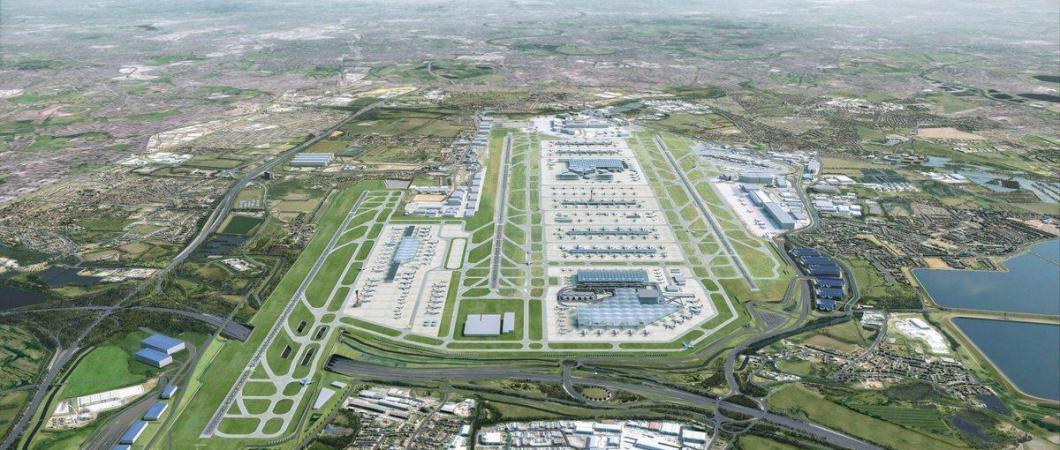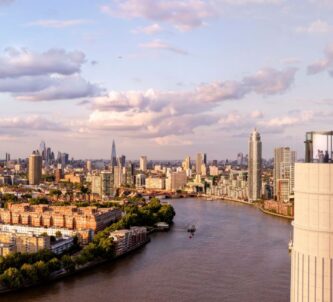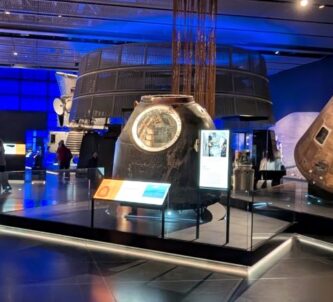Heathrow’s expansion plan forms the basis for a 12-week statutory consultation starting today on the airport’s proposed expansion, including the new runway and other airport infrastructure such as a new Terminal 6, and road access.
The public will also be able to have their say on plans to manage the environmental impacts of expansion, including a proposed Heathrow Ultra Low Emissions Zone, Heathrow Vehicle Access Charge and a proposed 6½-hour ban on scheduled night flights.
A Potted History of the Third Runway
It seems like we’ve been talking about a third runway at Heathrow for a lifetime. We have, if you are an eighteen-year-old!
In 2001 the UK government started considering expansion at Heathrow in response to air passenger forecasts produced the year before by the Department for Transport, indicating that the current 160m passengers per year would rise to over 400m by 2020¹. A year later they had produced a white paper
Local reaction was immediate. The No Third Runway Action Group was set up in 2002 and after a vigorous 8-year campaign and legal challenge the plans were scrapped.
There followed a confused period of political jockeying and suggestions that a new runway could perhaps be built at Gatwick or out in the Thames Estuary (“Boris island”). In 2012 a cross-party commission under Sir Howard Davies was set up to evaluate the proposals and in 2015 it backed the Heathrow plan. By 2017 the House of Commons had fallen into line and voted to go ahead.
We are where we are
You’d think that would be it – get the JCBs out! But there’s already been a number of judicial reviews launched into how the the process of selection was conducted, air quality, and other aspects of the plan, and we still have the planning consultations and permissions to go through.
And that’s what this masterplan consultation is about. It runs from today to 13th September 2019.
The Airport Expansion Consultation will be Heathrow’s largest and most innovative public consultation to date, with 43 consultation events to be held during the 12-week period. The Consultation website has all the information about Heathrow’s proposals, videos to help explain the plans, and an online feedback form to assist as many people as possible to participate and have their say. Hard copy consultation documents will be available to view in 42 different locations across local communities. Heathrow has also invested in new technology to bring the plans to life, including a physical model of the future airport which features augmented reality, sound booths to demonstrate the effect of noise insulation on properties overflown by aircraft, and a CGI fly through video.
And there is a lot to consider. The masterplan has four phases.
Phase 1 (completion around 2026) is the major one. It includes the creation of a green belt around the northern and western boundaries, the creation of car parks and facility buildings, diversion of rivers, roads and railways, and the third runway itself. The following three phases run up to 2050 and cover new buildings, green spaces, improved access on the southern side of the airport, and new terminal buildings.

The western side of the M25 has always been busy, but if you think it is congested now, brace yourself for Phase 1! It involves diverting the motorway into a tunnel under the new runway. I hope they have got enough traffic cones!
¹ The Civil Aviation Authority (CAA)’s latest figure for 2017 is 284.4m passengers per year, so growth is undershooting by a little.







